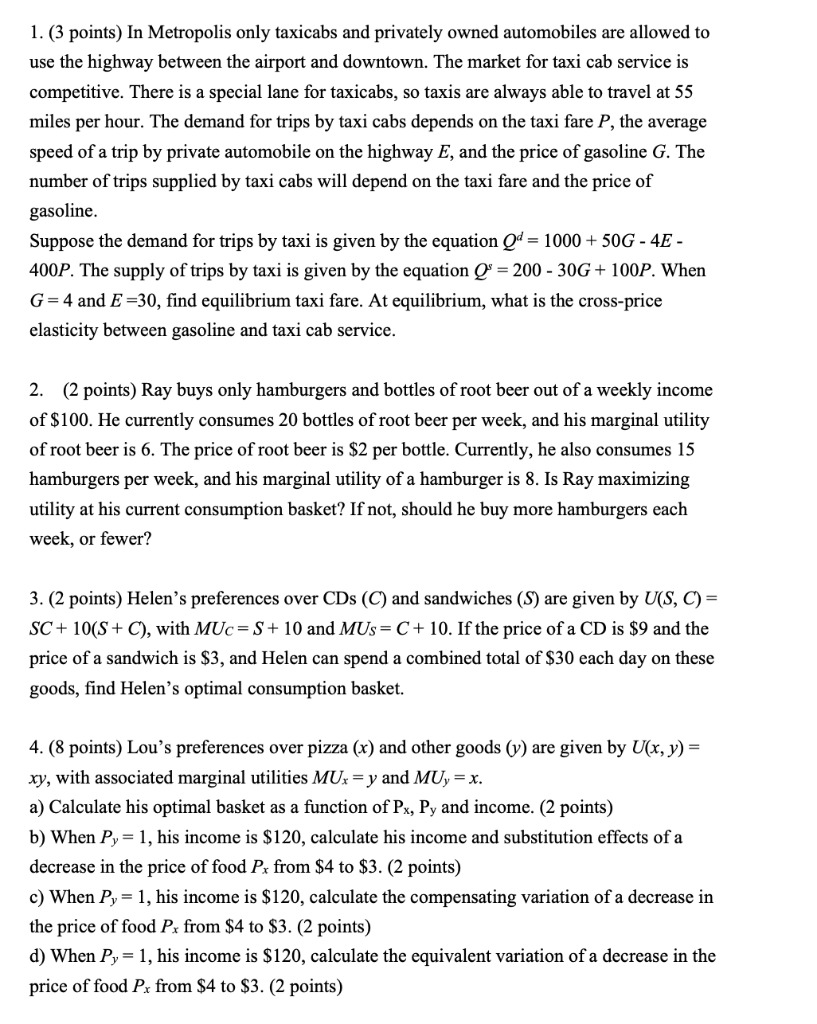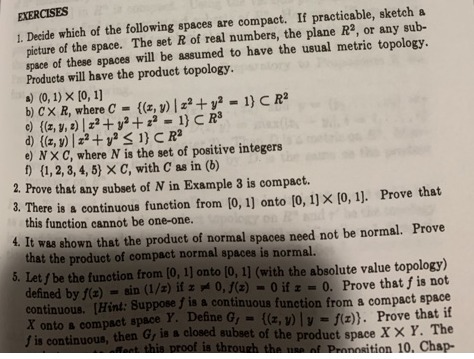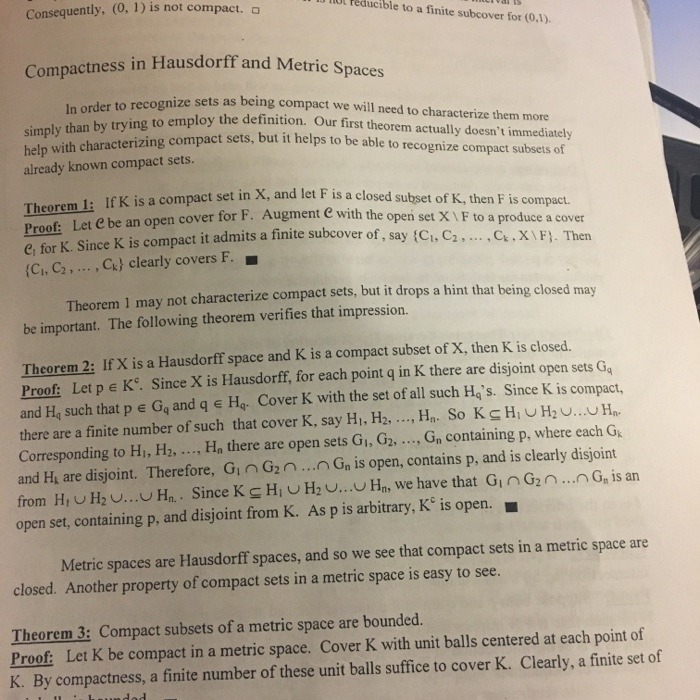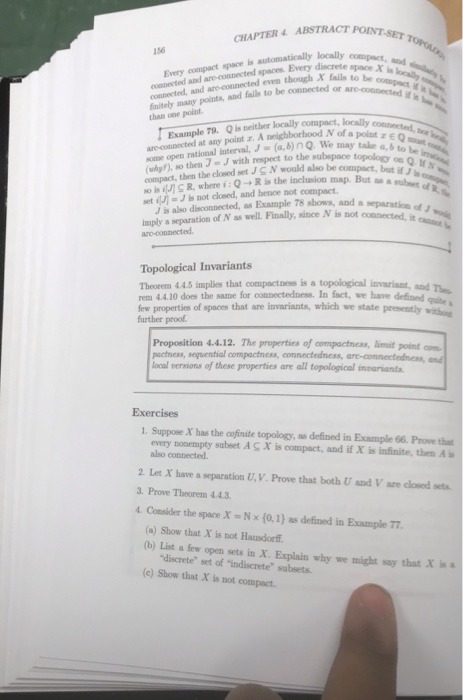



. Answer the following questions.
1. (3 points) In Metropolis only taxicabs and privately owned automobiles are allowed to use the highway betwem the airport and downtown. The market for taxi cab service is competitive. There is a special lane for taxicabs, so taxis are always able to travel at 55 miles per hour. The demand for trips by taxi cabs depends on the taxi fare P, the average speed of a trip by private automobile on the highway E, and the price of gasoline G. The number of trips supplied by taxi cabs will depend on the taxi fare and the price of gasoline. Suppose the demand for trips by taxi is given by the equation 9* = 1000 + 50G - 4E - 4001\". The supply of trips by taxi is given by the equation 9' = 200 - 306 + 1001'. When G = 4 and E =30, nd equilibrium taxi fare. At equilibrium, what is the cross-price elasticity between gasoline and taxi cab service. 2. (2 points) Ray buys only hamburgers and bottles of root beer out of a weekly income of $100. He currently consumes 20 bottles of root beer per week, and his marginal utility ofroct bow is 6. The price ofroet beer is $2 per bottle. Currently, he also consumes 15 hamburgers per week, and his marginal utility of a hamburger is 8. Is Ray maximizing utility at his current consumption basket? If not, should he buy more hamburgers each week, or fewer? 3. (2 points) Helen's preferences over CDs {C} and sandwiches (.5) are given by DIS, C) = SC+10(S+ C), wiiMU6=S+ 10 andMUs= C+ 10.1fthe price ofaCD is $9 andthe price of a sandwich is $3, and Helen can spend a combined total of $30 each day on these goods, nd Helen's optimal consumption basket. 4. (8 points) Lou's preferences over pizza (x) and other goods (12) are given by U(x, y} = xy, with associated marginal utilities MU: = y and 1111)} = x. :1) Calculate his optimal basket as a function of Px, Py and income. {2 points) b) When P; = 1, his income is $120, calculate his income and substitution effects of a decrease in the price of food P; 'crn $4 to $3. (2 points) c) When P}! = 1, his income is $120, calculate the compensating variation of a decrease in the price of food P: from $4 to $3. (2 points} d) When P} = 1, his income is $120, calculate the equivalent variation of a decrease in the price of food Px from $4 to $3. (2 points} EXERCISES 1. Decide which of the following spaces are compact. If practicable, sketch a picture of the space. The set R of real numbers, the plane R?, or any sub- space of these spaces will be assumed to have the usual metric topology. Products will have the product topology. *) (0, 1) X [0, 1] bj C X R, where C - {(z, y) ( x' + y" = 1} cR () ((, vz) |itytz = l}CR d) ((, y) |x'ty4 0, J(z) = 0 if z = 0. Prove that f is not continuous. [Hint: Suppose f is a continuous function from a compact space X onto a compact space Y. Define Gy - {(z, y) | y = f(z)). Prove that if is continuous, then Gy is a closed subset of the product space X X Y. The proof through Proposition 10. Chap-Consequently, (0, 1) is not compact. a educible to a finite subcover for (0,1). Compactness in Hausdorff and Metric Spaces In order to recognize sets as being compact we will need to characterize them more simply than by trying to employ the definition. Our first theorem actually doesn't immediately help with characterizing compact sets, but it helps to be able to recognize compact subsets of already known compact sets. Theorem 1: If K is a compact set in X, and let F is a closed subset of K, then F is compact. Proof: Let @ be an open cover for F. Augment @ with the open set X \\ F to a produce a cover Ci for K. Since K is compact it admits a finite subcover of , say (CI, C2 , ... , Ck, X\\ F ). Then (Ci, C2, ..., Ck) clearly covers F. Theorem 1 may not characterize compact sets, but it drops a hint that being closed may be important. The following theorem verifies that impression. Theorem 2: If X is a Hausdorff space and K is a compact subset of X, then K is closed. Proof: Let p e K'. Since X is Hausdorff, for each point q in K there are disjoint open sets Go and H. such that p e G. and q e Hq. Cover K with the set of all such He's. Since K is compact, there are a finite number of such that cover K, say HI, H2, ..., H.. So KE H, VH, V...UH.. Corresponding to HI, H2, ..., H. there are open sets Gi, Gz, ..., Gn containing p, where each Gk and Hi are disjoint. Therefore, Gin Gyn... Gn is open, contains p, and is clearly disjoint from HUHz ...UHn, . Since KE H, UH, V...UHn, we have that GinGin...n.G, is an open set, containing p, and disjoint from K. As p is arbitrary, K' is open. Metric spaces are Hausdorff spaces, and so we see that compact sets in a metric space are closed. Another property of compact sets in a metric space is easy to see. Theorem 3: Compact subsets of a metric space are bounded. Proof: Let K be compact in a metric space. Cover K with unit balls centered at each point of K. By compactness, a finite number of these unit balls suffice to cover K. Clearly, a finite set ofCHAPTER 4. ABSTRACT POINT-SET TOPOLOS 156 Every compact space is automatically locally compact, sad wanected and are connected spaces. Every discrete space . is locally connected, and are connected even though & fails to be compact Snitely many points, and fails to be connected or are-connected HE than one point. Example 79. Q) is neither locally compact, locally connected, Bor by We collected at any point r. A neighborhood ! of a point - 6 10 manager 50the open rational interval, J = [objnQ. We may take a,& to be ing (whyF), so then ] = J with respect to the subspace topology on Q. IN compact, then the closed set J C N would also be compact, but if J 's comes wiff CR. where i : Q -+ R is the inclusion map. But as a subset of R. set iJ) = J Is not closed, and hence not compact. J is also disconnected, as Example 78 slows, and a separation of J imply a separation of IV as well. Finally, since AV is not connected, it cang aro-connected. Topological Invariants Theorem 4.4.5 implies that compactness is a topological invariant, and Then rem 4.4.10 does the same for connectedness. In fact, we have defined quite few properties of spaces that are invariants, which we state presently withon further proof Proposition 4.4.12. The properties of compactness, limit point com- pactress, sequential compactness, connectedness, are-connectedness, and local versions of these properties are all topological invariants. Exercises 1. Suppose A has the cofinite topology, as defined in Example 66. Prove that every nonempty subset A C X is compact, and if X is infinite, then A is also connected. 2. Let X have a separation U. V. Prove that both U and V are closed sets. 3. Prove Theorem 4.4.3. 4. Consider the space X = N x (0, 1) as defined in Example 17. (a) Show that X is not Hausdorff. (b) List a few open sets in X. Explain why we might say that X is a "discrete" set of "indiscrete" subsets. (c) Show that X is not compact














